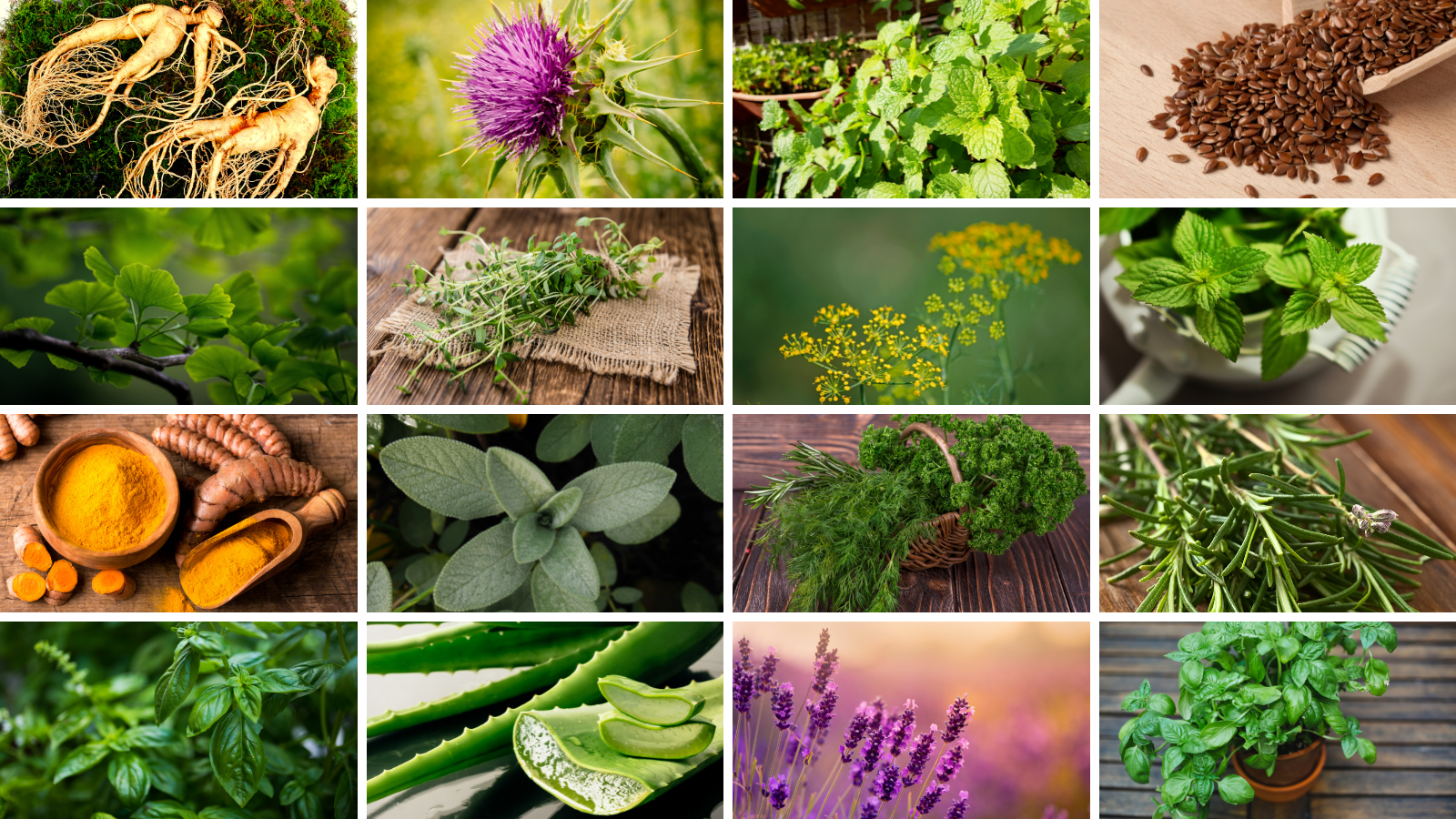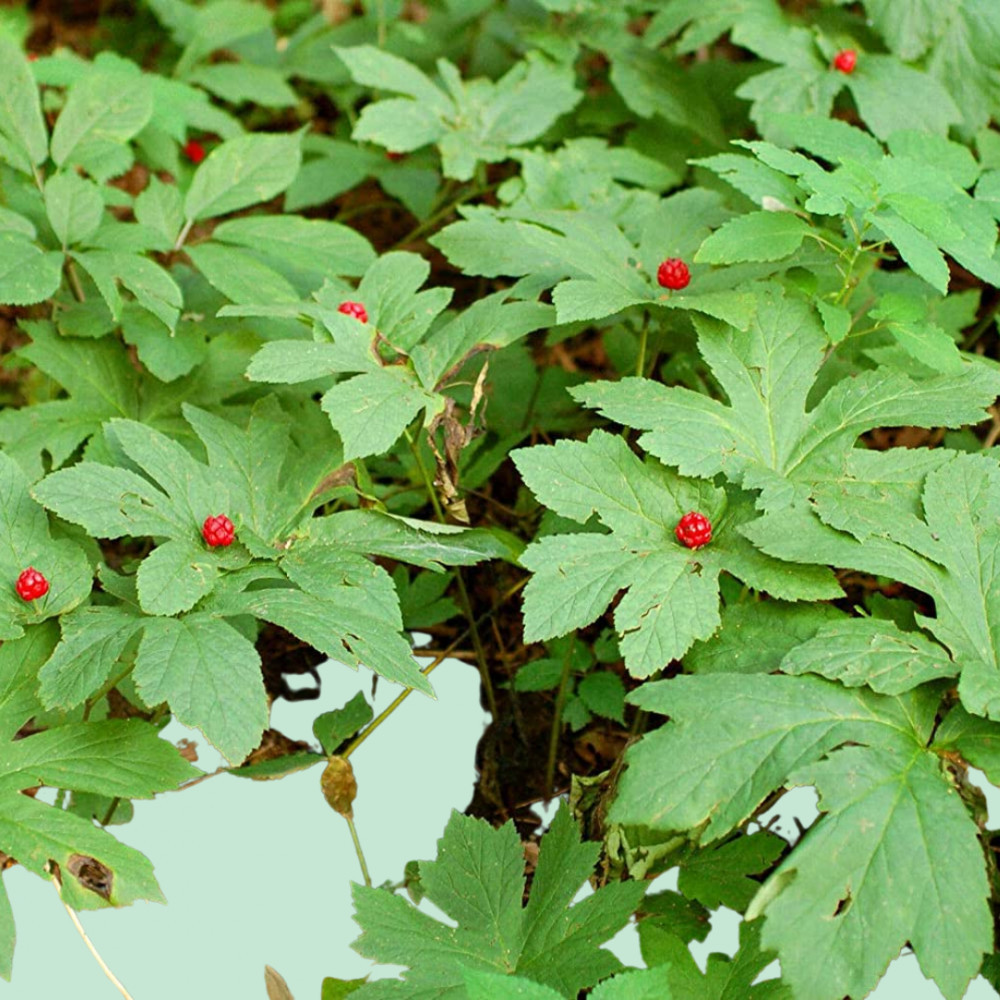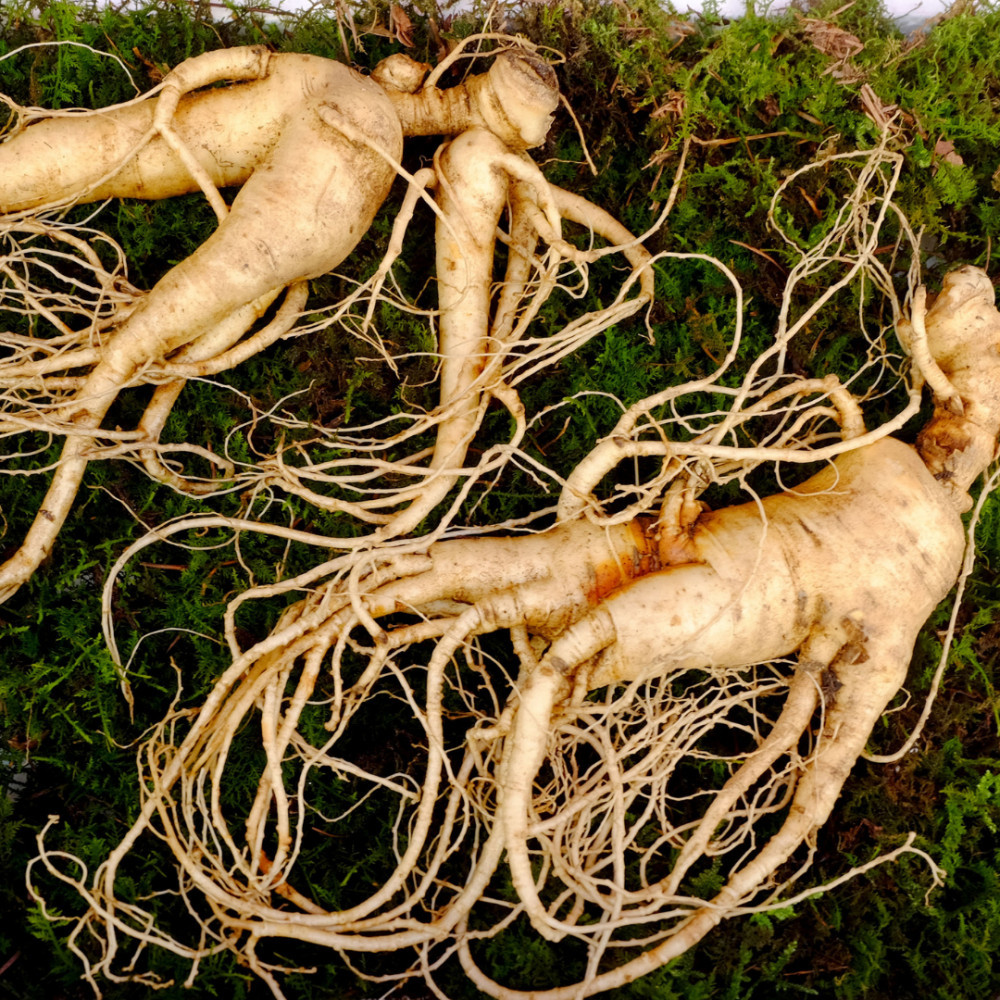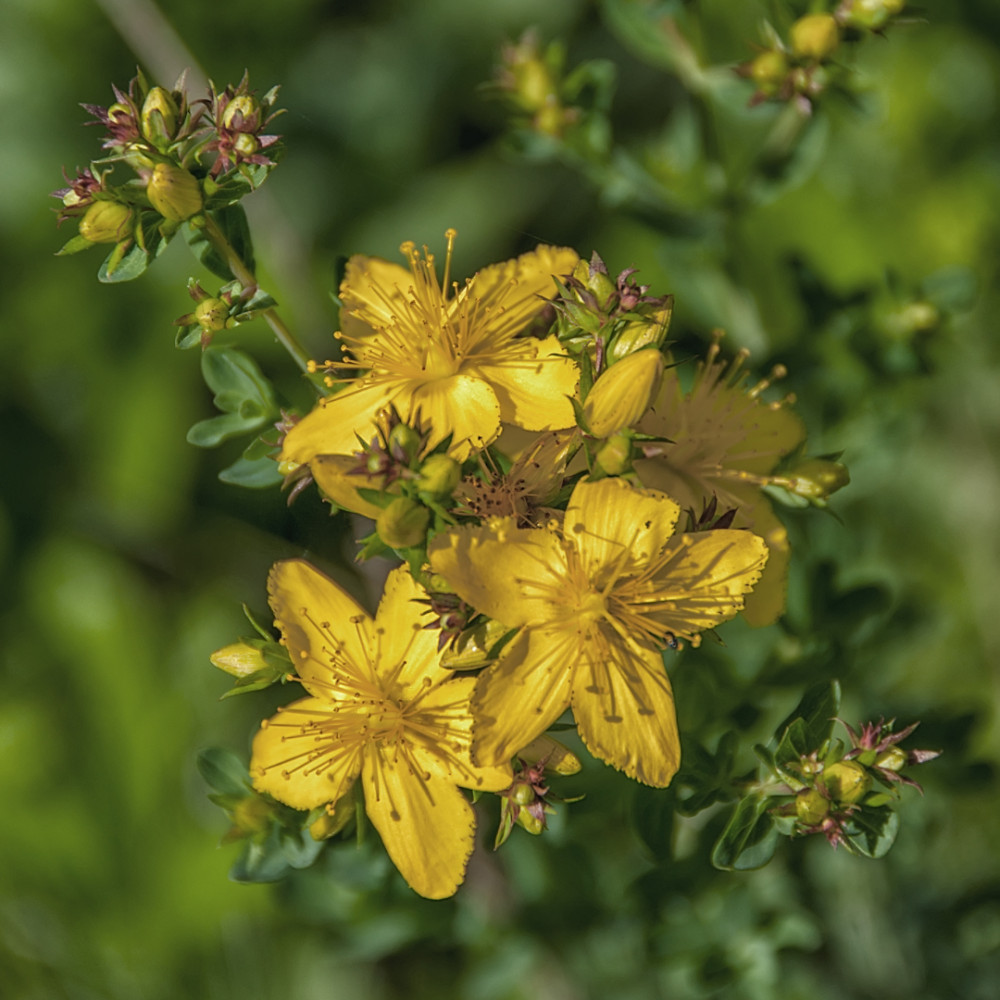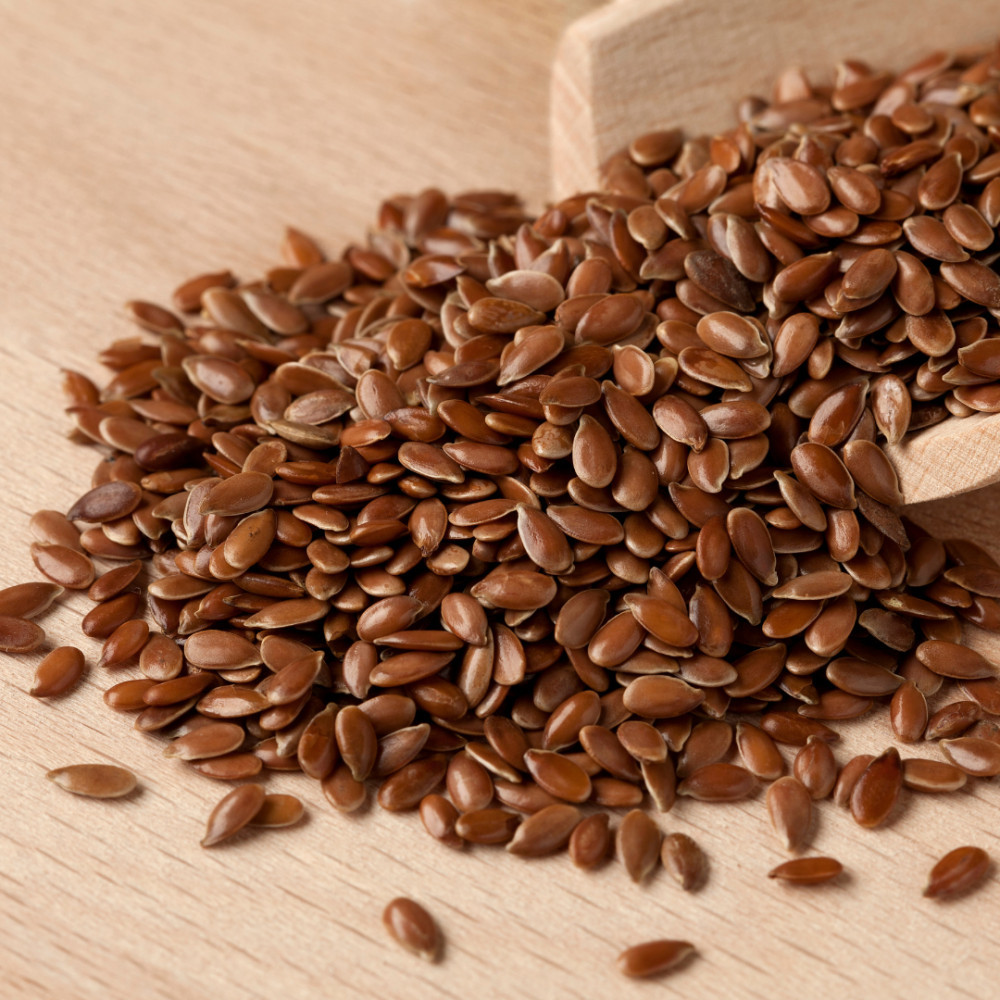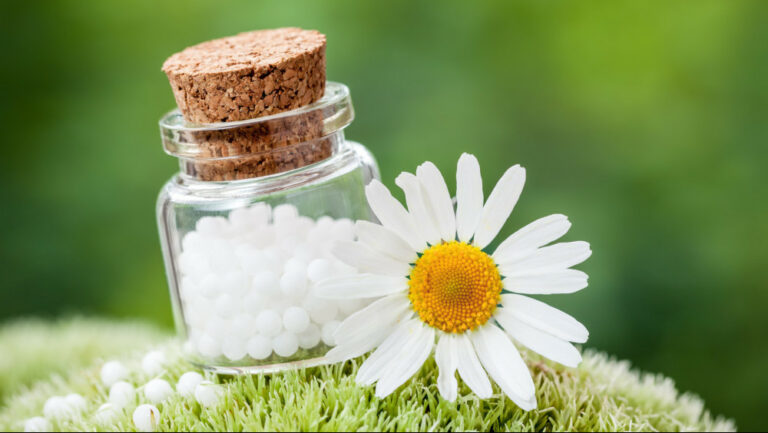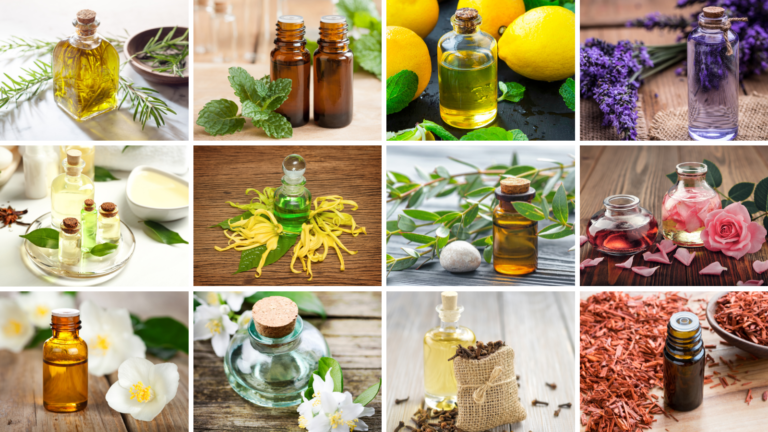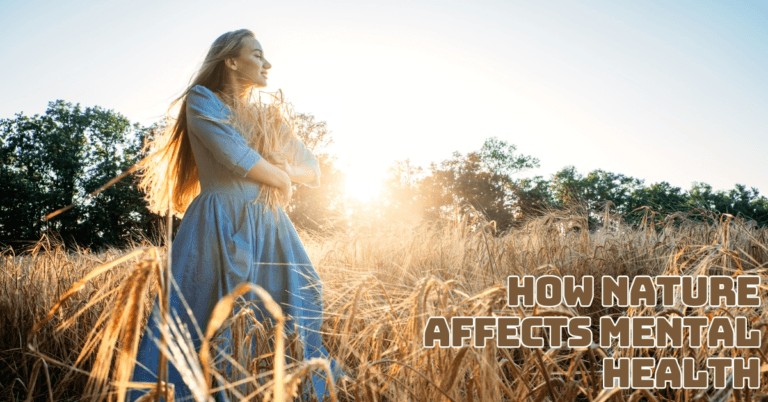Most Essential List Of Healing Herb Plants
Most Essential List Of Healing Herb Plants
It should not be surprising that many plants have healing properties since many modern medications, like aspirin, are derived from plants. Even better, you can grow them yourself. Michael Balick, Ph.D. vice president for botanical science at the New York Botanical Garden says, “we've found over time that many plants are effective for nutrition, adding spice to foods, and healing us.”
“Gardening has a positive impact on mental health, too.” Numerous studies have shown that gardening can reduce anxiety and depression, help you manage your weight, and lower your blood pressure. And you could always use more sunshine and clean air in your life!
You can choose whichever method suits you best because most of these medicinal plants and herbs grow just as well in pots as they do in the ground.
You can typically harvest hardier herbs even in cold climates because some of them are perennial, or they come back every year. Additionally, you can freeze or dry them for cooking.
Balick's book, 21st Century Herbal: A Practical Guide for Healthy Living Using Nature's Most Powerful Plants, contains more information about their properties. Continue reading to learn about healing herb plants. You might start potting right away.
Chamomile
German chamomile is an annual that can grow up to two feet tall, while Roman chamomile is a low-growing perennial. The soil must be well-drained, and chamomile prefers full sun to partial shade.
Both kinds can be employed simultaneously. Harvest the flowers once they start to open, then spread them out to dry. To make a tea to help with sleep or digestion, chop the dried flowers, add about one tablespoon per cup of hot water, and let it steep for five minutes. Or, to make a tea bag, put the chopped flowers in a tiny muslin bag with a drawstring. Bonus: Use this to reduce red, puffy eyes after it cools!
Fennel
A cup of fennel seed tea can help relieve wind or stomach cramps. Pour boiling water over one teaspoon of seed into a cup, let it stand for a moment, and then strain it before drinking. After a hearty meal, chew on fennel seeds to improve your breath and calm your stomach.
Mint
Hundreds of different kinds of mint flavours range from chocolate to peppermint. One of the most straightforward herbs to grow is mint. Keep it in a pot. Otherwise, it will take over your entire garden! Plants should be placed in full sun (6 hours or more direct sun per day).
Mint has long been used to treat digestive problems because it relaxes the smooth muscles of the GI tract. Make tea to sip when you're feeling queasy or sick to your stomach. About a dozen leaves, peeled, should be steeped in one cup of boiling water until it turns yellow (peppermint and spearmint are perfect).
>>>Please click here to try my 6 Delicious Vegan Recipes Using Mint<<<
Garlic
Garlic is an excellent addition to your diet if you want to boost your immune system. Garlic may stimulate the immune system's defence mechanisms. Studies overwhelmingly demonstrate that rates of colorectal, ovarian, and other cancers are reduced with the high consumption of this hot herb.
According to one study, after a year of taking supplements containing aged garlic extract, people with a history of colon polyps experience a decrease in the number and size of precancerous growths. Due to its ability to reduce bad cholesterol, garlic is also thought to offer protection against heart attacks and strokes.
Rosemary
Since rosemary is a Mediterranean plant, it prefers sandy or rocky soil and requires full sun. In warmer climates, it is perennial and tolerant of drought. Put it in a pot, bring it inside for the winter in a cold climate, and ensure it has plenty of light.
Make a hair rinse (good for oily hair) by boiling a cup of water with one tablespoon of lemon juice and one teaspoon of dried or fresh rosemary. Let steep for ten minutes. Pour the infusion through freshly shampooed hair after straining and letting it cool. Add it to roasted meats, sauces, and focaccia, among other foods.
>>>Please click here to try my 6 Delicious Vegan Recipes Using Rosemary<<<
Dill
Dill seeds have been referred to as “meetinghouse seeds” by the Herb Society of America because they were chewed during protracted church services to keep attendees awake or children quiet.
The seeds were also chewed to calm racing stomachs and freshen their breath. Recent research demonstrates that dill can lower cholesterol. The benefit of luring butterflies into your garden is another advantage of growing this herb.
Lavender
Although lavender prefers full sunlight and well-drained soil, be sure to select a variety that will grow in your USDA Hardiness Zone.
Harvest the flowers and leaves as soon as the flower spikes start to open, chop them up, and place a few in a small sachet to tuck under your pillow to help you sleep better and reduce anxiety. Additionally, it tastes great in baked goods like scones!
Feverfew
According to the NYU Langone Medical Center, the herb's name, which is a corruption of the older name featherfoil, lost favour with herbalists because it did not relieve fevers. When the wife of a British medical officer tried chewing feverfew leaves as a traditional remedy for her excruciating migraine headaches, the herb once again became popular in the 1970s.
The effectiveness of this treatment attracted researchers, who put the herb through clinical trials and discovered that people did feel better after chewing fresh feverfew leaves during a migraine. Additionally, they discovered that daily dried-leaf capsules could lessen one's overall propensity for headaches.
Lemon Balm
When planted in full sun and well-drained soil, lemon balm is very simple to grow. So that it doesn't take over the entire garden, keep it contained.
Five or six fresh leaves should be covered with a cup of boiling water. After five minutes of steeping, strain and sweeten. For an upset stomach, drink several times per day.
Ginkgo
Graceful-looking The oldest tree species still in existence has fan-shaped leaves, and its name is Ginkgo biloba. It was exterminated during the Ice Age in Europe, but it flourished and gained renown for its therapeutic properties in Asia.
One of the most popular herbal supplements in the US is ginkgo. These supplements are created from the tree's leaves, which have antioxidants that may help to prevent damage to the retina, heart muscle, blood vessels, and nerves.
Ginkgo has been shown to lessen the side effects of drugs used to treat schizophrenia, boost memory for those with dementia, and lessen anxiety. Ginkgo has been shown to increase the distance that people with PAOD (peripheral arterial occlusive disease) can walk pain-free because it dilates blood vessels, which improves circulation.
Aloe Vera
Aloe vera should be indoors and in bright light. Because it retains moisture, avoid keeping it too wet. If you don't want to create new baby plants, don't worry about repotting them because it doesn't mind being crammed into the pot.
Due to the anti-inflammatory properties of the compounds in the leaves, aloe vera is an excellent topical home remedy for skin irritation. Squeeze the gel-like substance onto minor burns, poison ivy, or poison oak rashes after trimming off giant outermost leaves, peeling them, and doing so.
Goldenseal
The herb goldenseal is used to treat eye and skin irritations and diarrhea. Additionally, it serves as an antiseptic. Additionally, it is an unproven cold remedy. Berberine, a plant alkaloid with a long history of medicinal use in Chinese and Ayurvedic medicine, is present in goldenseal. According to studies, goldenseal can treat diarrhea. However, it is not advised because it can be poisonous in high doses. It might irritate your stomach, mouth, throat, and skin.
Basil
Basil requires soil that drains well and has full sun. As soon as the flowers start to form, pinch them off to promote branching and the development of more leaves.
Antiseptic and antibacterial properties are present in basil. Apply some crushed leaves to mosquito bites. For a short period, to reduce itching, leave it on.
Many Mediterranean dishes, including sauces, soups, and pesto, feature it as the main ingredient. If you have a surplus, it also freezes well (just blend the leaves with some water or olive oil until they are mostly smooth, then freeze them in ice cube trays!).
Ginseng
Ginseng is utilized as a tonic, aphrodisiac, and even a universal remedy. The research's effectiveness is unknown, partly due to the ambiguity surrounding the definitions of “vitality” and “quality of life.” The standard of ginseng that is sold varies greatly. High blood pressure and tachycardia are side effects. The FDA deems it to be safe. However, it shouldn't be used alongside digoxin, heparin, estrogen, corticosteroids, NSAIDs, or warfarin. Ginseng shouldn't be used by those who have diabetes.
Calendula
These lovely French pot marigold flowers prefer full sun, also known as orange and yellow. It multiplies from seed and blooms as an annual from summer until frost.
When the flowers are fully opened but before they set seed, harvest them. Pour two teaspoons of petals into one cup of boiling water. Ten minutes of infusion strained and cooling. Use it to gargle or as a mouthwash to reduce inflammation.
Thyme
Thyme prefers hot, dry weather and moderately rich soil. It spreads quickly and is incredibly simple to grow in full sun (it even tolerates some shade).
The antimicrobial properties of thyme may alleviate cold and cough symptoms. Tea can be made by adding a tablespoon of fresh leaves to a cup of boiling water and letting it steep for ten minutes. Consume throughout the day. It tastes lovely in chicken dishes and sauces.
Echinacea
Echinacea is frequently used for wound healing and to treat or prevent infections, infections, and colds. Numerous studies have examined how well echinacea prevents or shortens the duration of a cold, but none have come to a firm conclusion. The use of echinacea for upper respiratory infections has benefited some studies.
Because other studies have also shown that long-term use can affect the body's immune system, it is advised to use medications only temporarily.
Always ask your doctor if any medications you are currently taking could interact with each other. Echinacea allergy symptoms may be more common in people allergic to plants in the daisy family. Ragweed, chrysanthemums, marigolds, and daisies are all members of the daisy family.
Sage
Sage requires soil that drains well and full sun. It grows as a perennial in most regions. The antimicrobial effects of sage might help with upper respiratory symptoms. Cut the leaves into small pieces, about a teaspoon, and steep them in a cup of boiling water for ten minutes. Use the chilled solution to gargle sore throats. Additionally delicious in chicken, pork, and stuffing dishes.
Ginger
A ginger (Zingiber officinale) plant has a leafy stem and yellow-green flowers. Ginger is a member of the Zingiberaceae family and is indigenous to Asia and India. The adaptable space, which is added to foods and drinks worldwide, comes from the ginger plant's underground stem.
The fresh rhizoma (underground stem) of Zingiber officinale Roscoe, also known as Zingiberis Rhizoma Recent, is used in traditional Chinese medicine. Ginger is thought to be safe when consumed orally as a dietary supplement.
It may also be safe when applied topically (on the skin). When taken in large doses, the side effects, typically mild, include diarrhea, heartburn, and abdominal discomfort.
Although ginger during pregnancy is generally considered safe if you want to lessen pregnancy-related nausea and vomiting, consult your healthcare provider before using it.
>>>Please click here to try my 6 Healthy Vegan Ginger Recipes For Your Kids<<<
Allspice Berries & Leaves
This evergreen tree's unripe berries and unfurled leaves can flavor your food and even improve your mood! Allspice may relieve indigestion, abdominal pain, and menstrual cramps, according to RxList. To reap the benefits of allspice, use it to season your pumpkin pie and spice cake or add it to Jamaican jerk recipes.
Milk Thistle
Milk thistle is used to treat high cholesterol, liver disorders, and cancer cell growth inhibition. The plant known as milk thistle is a product of the Mediterranean. Over the past several thousand years, it has been used for many illnesses, particularly liver issues. Study findings are uncertain regarding milk thistle's actual benefits for liver disease.
Saint John's Wort
Antidepressant uses for Saint John's wort. According to studies, it has a negligible impact on mild to moderate depression over about 12 weeks. But it's unclear whether it works for terrible depression.
Sensitivity to light is a side effect, but this is only observed in users of high herb doses. It has been demonstrated that St. John's can interact dangerously and fatally with common medicines. It is crucial to always consult your doctor before using this herb.
Turmeric
Turmeric is a herbaceous perennial plant indigenous to South Asia and a member of the ginger genus. For more than 4,000 years, it has been utilized for its therapeutic benefits. Turmeric is generally considered safe when consumed as a food ingredient, taken orally as a supplement, or applied topically in the recommended dosages.
When taken in large doses, the ingredient in turmeric, curcumin, can upset the stomach and result in diarrhea, skin rashes, yellow stools, and headaches. Curcumin concentrations are higher in supplements than in foods.
Before taking a turmeric supplement, consult a medical professional. Some prescription drugs and other herbal remedies may interact with them.
Your risk of bleeding increases if you take turmeric with blood thinners. According to a review, several drugs may interact with turmeric, including antidepressants, anticoagulants, antibiotics, chemotherapeutic agents, and antihistamines.
Flax Seed
One of the safer options among plant-based dietary supplements is flax seed, also offered as an oil. Flax seed has been harvested for thousands of years, and today it is praised for its anti-inflammatory and antioxidant properties.
According to one study, flax seed has been linked to a lower risk of colon cancer, though more research involving humans is required. According to a reliable source, flax seeds can lower blood pressure.
Consuming it may even help prevent obesity. As well as being sold as tablets, oil (which can be put into capsules), flour, flax seed and flaxseed meal are frequently added to oatmeal and smoothies.
Dietary additions of flax seeds are the most effective method. Cook in hot cereal, stew, homemade bread, or smoothies, or sprinkle ground seeds on cereal or salad. To the salad dressing, add flaxseed oil.
How To Store Herbs
The first rule of herb storage is keeping them cool, dark, and dry to preserve as much of their medicinal properties as possible.
Herbs will mould if they are exposed to moisture, and their medicinal properties will be further reduced by light and heat.
Fresh Herbs
Fresh herbs can be kept in the refrigerator for a brief time if they are not used right away (in dishes or herbal preparations). While bark and roots last for two to three weeks, flowers and tops only last for one to two days. Fresh herbs should always be kept in labelled bags or jars and used immediately.
Dried Herbs
Depending on the type of herb, dried herbs can last 2-4 years if stored properly.
To begin with, if you are drying the herbs yourself, ensure they are dehydrated before storing them. Otherwise, they will mould and become ruined. Herbs should be kept dry, cool, and airtight in glass jars or plastic bags.
Herbs with delicate flowers or leaves won't last as long as those with solid roots or seeds. Herbs with high volatile oil content, such as chamomile and peppermint, will lose their freshness more quickly than herbs without oils, such as oat straw or plantain.
Powdered Herbs
Herbs lose their freshness reasonably quickly after being powdered. The best way to store powdered herbs is in glass jars in the freezer or refrigerator, wrapped in newspaper or other opaque paper. I would consume herbs in powder within three months.
Conclusion
People used to look to the earth for natural healing from plants before doctor's offices and pharmacies. Many of these herbs are still crucial components of modern medicines. To feel strong and healthy, utilize plants' healing abilities; you may plant them in your small spaces.
I trust you enjoyed this article on the Most Essential List Of Healing Herb Plants. Please stay tuned for more blog posts to come shortly. Take care!
JeannetteZ
>>>Please click here to read my all-inclusive article about A Comprehensive Guide To Healing Naturally<<<
>>>Are you interested in Natural Healing through Herbs? Please click here for my #1 Recommendation<<<
Your Opinion Is Important To Me
Thoughts? Ideas? Questions? I would love to hear from you. Please leave me your questions, experience, and remarks about this article on the Most Essential List Of Healing Herb Plants, in the comments section below. You can also reach me by email at Jeannette@Close-To-Nature.org.
Disclosure
This post may contain affiliate links. As an Amazon Associate and other affiliate programs, I earn from qualifying purchases at no extra cost to you. Read my full affiliate disclosure.
You might also enjoy these blog posts:
What You Need To Know About Sound Healing
Meditation Techniques And Its Health Benefits
The Ultimate Guide To Massage Therapy
Easy Steps To Grow Garlic In A Container
Easy Steps To Grow Lemongrass In A Container

